A vertical garden, sometimes referred to as a ‘wall garden’, or ‘green wall’, is essentially the arrangement of planting pots and beds into a series of platforms that runs up a vertical surface. It can be outdoors on the side of a fence, a shed, wall or garage, or even used indoors for an incredibly powerful and delightfully refreshing indoor experience. There are a few basic concepts that can assist you in your efforts to create an amazing garden, and this article highlights the benefits and techniques of how to grow a vertical garden both indoors and out.
Indoor and outdoor vertical gardens remain somewhat uncommon, though in recent times they are making a resurgence as a practical and efficient method of growing. You may have seen vertical gardens in public spaces, such as malls or workplace atriums, though these fantastic growing solutions are becoming more well known and are increasingly being grown in homes and private gardens as well.
The basic concepts of vertical gardening have been around for millennia, and their use can be traced as far back as 3000 BCE, where they were used by early Mediterranean cultures. Since that time, the evolution of the vertical gardening concept has expanded to include everything from home and office “green walls” to more advanced hydroponic systems and techniques that use various technologies to provide plants all the necessary and essential nutrients and minerals to encourage healthy natural growth.
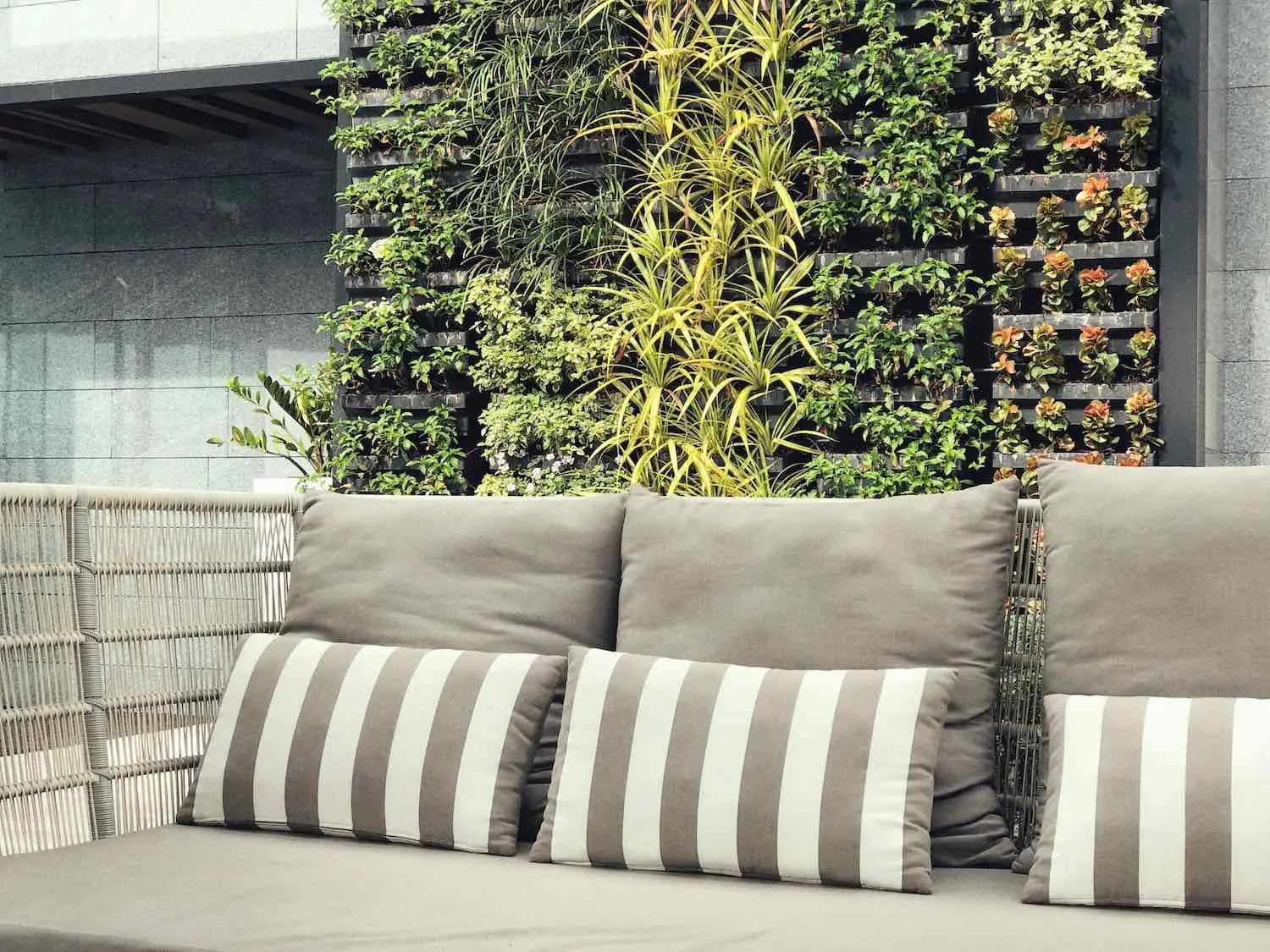 The vertical garden can be designed either in a freestanding position, or they can be built and attached to a pre-existing wall for great effect and practical use. These growing solutions are a great alternative to potted plants, especially if your growing space is limited, or the available area is congested and otherwise cluttered. Growing a vertical garden can help to create a fresh and lively environment in any space, and one enormous benefit of these solutions is their relatively low maintenance requirements – the use of individual panels and platforms means there are fewer concerns and less effort needed when planting, watering and harvesting your garden.
The vertical garden can be designed either in a freestanding position, or they can be built and attached to a pre-existing wall for great effect and practical use. These growing solutions are a great alternative to potted plants, especially if your growing space is limited, or the available area is congested and otherwise cluttered. Growing a vertical garden can help to create a fresh and lively environment in any space, and one enormous benefit of these solutions is their relatively low maintenance requirements – the use of individual panels and platforms means there are fewer concerns and less effort needed when planting, watering and harvesting your garden.
Benefits of Indoor Vertical Gardens
There are various different ways to growing a vertical garden, and each has its unique benefits and challenges. In order to have a more detailed understanding of the vertical garden concept, the following list highlights some of the more notable benefits of growing an indoor vertical garden:
Make Use of Indoor Spaces
Any underused or empty vertical space in your home is ideal for a vertical garden, though the availability of natural light and good airflow is obviously something you will want to take into account when selecting the optimum location. If your interest is in growing vegetables or herbs, then finding a space in your kitchen is ideal, and as kitchens are often a place with large windows and plenty of light, they are a good choice of location for trying out your first vertical growing adventure. Of course, having a green space in your kitchen is also an excellent way to add a new and fresh look to your space. Mint, parsley, chives and similar herbs are ideal to grow in such environments, and can be easily grown, as these plants can grow and thrive, even in limited sunlight. Some other popular choices of plants to grow include small lettuce bunches, and other leafy veg.
Enhances Indoor Design and Beauty
A home is a place to relax, and a retreat in which we seek peace of mind, rest and solace. Every one of us 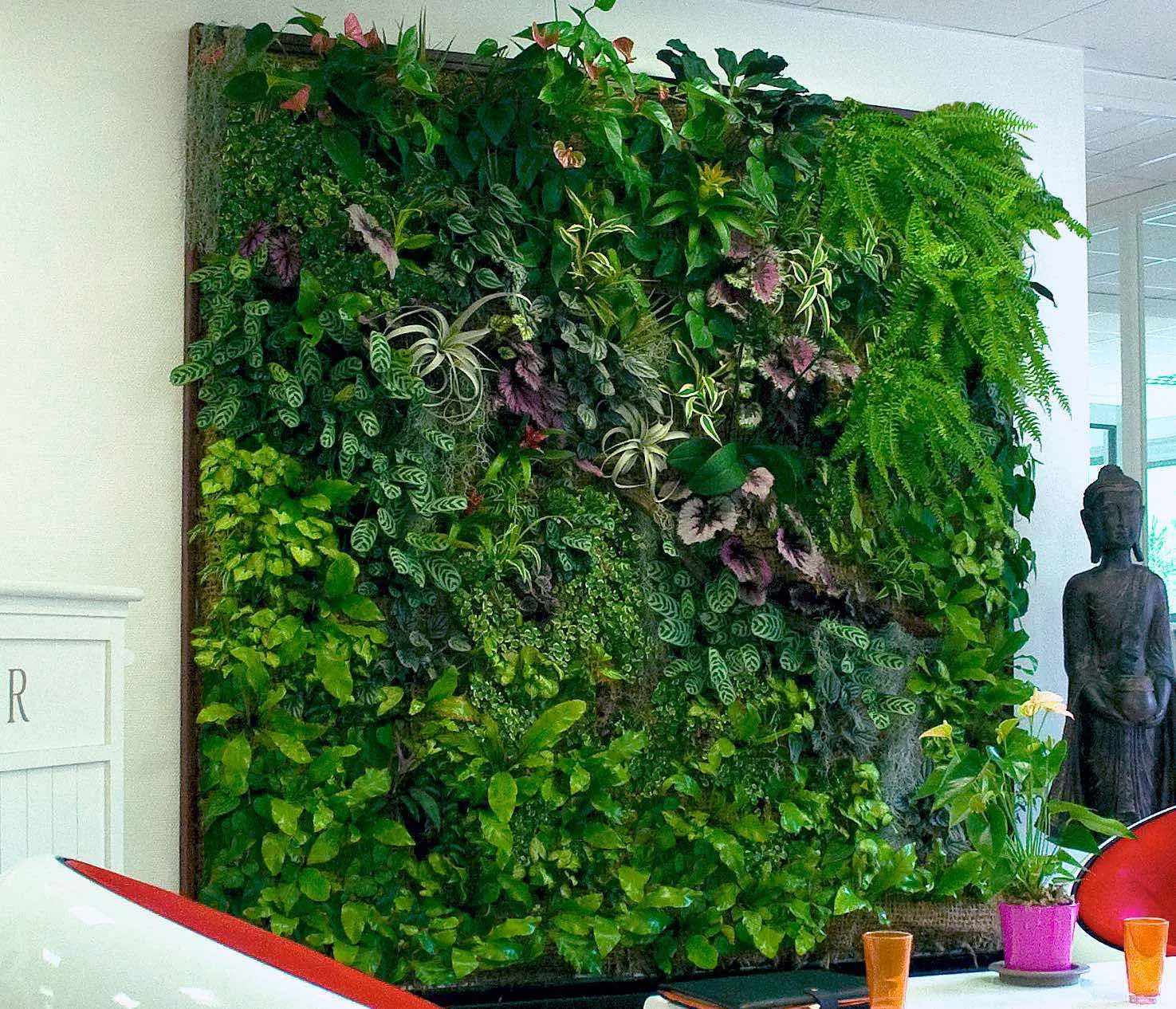 enjoys a home that has pleasing aesthetics and is warm and inviting to others, while providing us comfort and relaxation. One way to advance this sense of comfort is to use a vertical garden to add color and life to your indoor environment. Growing plants and flowers in an indoor vertical space provides vibrance and excitement to your home, and can rejuvenate even the most drab of locations with color and contrast. Choose plants and flowers that work well indoors, and those that can thrive on the amount of natural light available.
enjoys a home that has pleasing aesthetics and is warm and inviting to others, while providing us comfort and relaxation. One way to advance this sense of comfort is to use a vertical garden to add color and life to your indoor environment. Growing plants and flowers in an indoor vertical space provides vibrance and excitement to your home, and can rejuvenate even the most drab of locations with color and contrast. Choose plants and flowers that work well indoors, and those that can thrive on the amount of natural light available.
Indoor Plants Clean the Air
Indoor plants are beautiful and make your home or office space more attractive, while adding a sense of comfort. Having a hanging garden or vertical green wall also means you increase oxygen in the living space, as plants naturally provide fresher air to your environment. In fact, ccording to research conducted by NASA, house plants not only absorb carbon dioxide and release oxygen in the air, but they also remove benzene, formaldehyde, trichloroethylene and other household toxins from the air.
Vertical Gardens Reduces Noise Pollution
Vertical gardens provide natural insulation to any dwelling, and while helping to reduce toxins in the air, they can also provide a measure of sound dampening from noise pollution produced from either indoor and outdoor sources. These hanging gardens can help to soften the impact of noise from external traffic, neighbors, or other sources, and help to provide you with a peaceful atmosphere and assist in regulating air temperature in enclosed spaces.
Vertical Gardening Can Reduce Stress
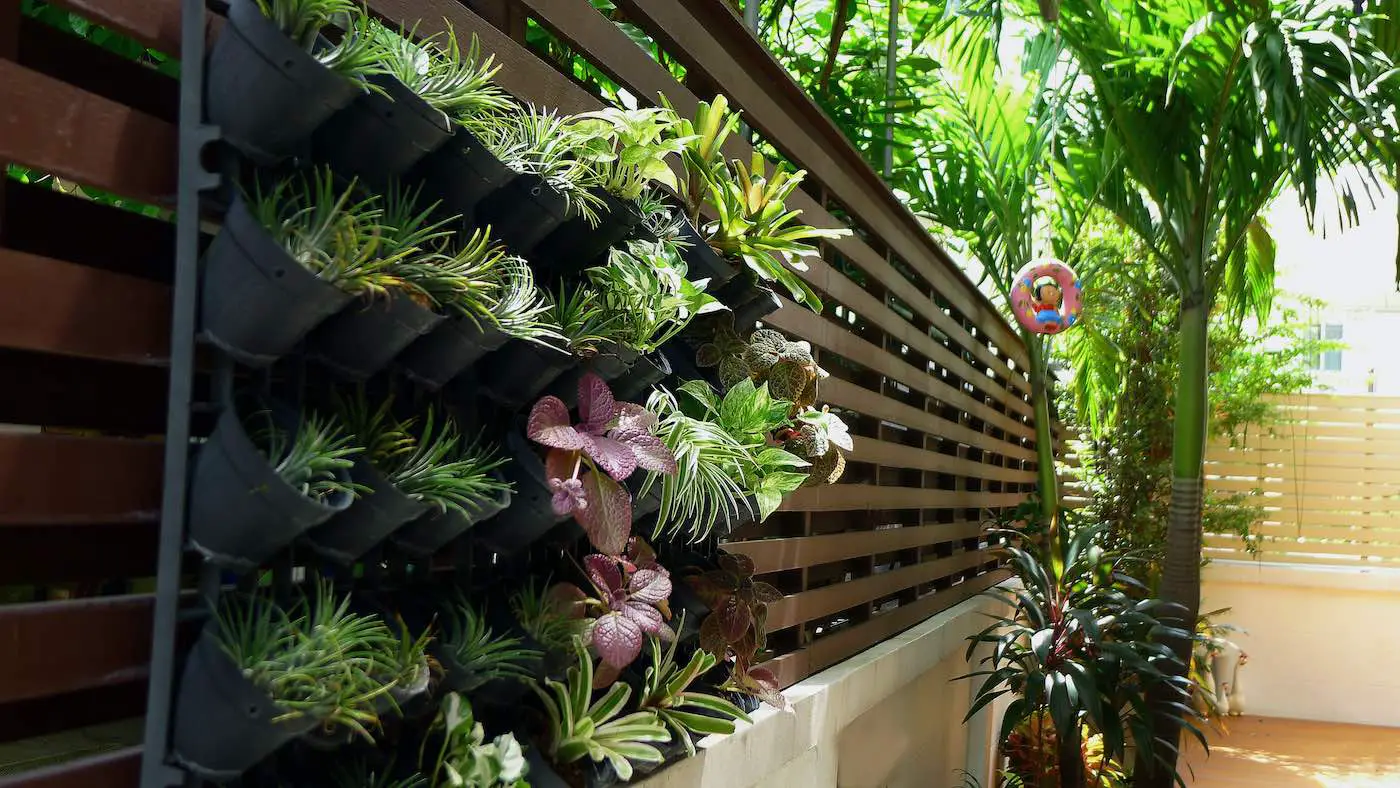 In a modern world, where the pace of every-day life can be frantic and stressful, the search for a refuge from the intensities of our day is a common desire. The daily burdens of office and school work can increase fatigue, and plants and green space are an excellent way to add natural calm and vitality, while serving as welcome distraction from the stresses of the day. A vertical growing space in your home can also provide a much needed reconnection you with the natural world around you. In fact, recent studies have indicated that gardens, and plants in general, have a measurable calming effect on us all, and having more green space in your home or patio area can definitely provide some additional peace to your environment.
In a modern world, where the pace of every-day life can be frantic and stressful, the search for a refuge from the intensities of our day is a common desire. The daily burdens of office and school work can increase fatigue, and plants and green space are an excellent way to add natural calm and vitality, while serving as welcome distraction from the stresses of the day. A vertical growing space in your home can also provide a much needed reconnection you with the natural world around you. In fact, recent studies have indicated that gardens, and plants in general, have a measurable calming effect on us all, and having more green space in your home or patio area can definitely provide some additional peace to your environment.
Benefits of Outdoor Vertical Gardens
An outdoor vertical garden is a great way to add vitality and excitement to any outdoor space, and definitely adds freshness, color and life to your environment. While the benefits may seem obvious from the outset, here are a few key positive outcomes to having a vertical garden in an outdoor space:
Vertical Farming Promotes Urban Agriculture
Vertical farming is an excellent and practical form of urban agriculture. It is a straight-forward method of 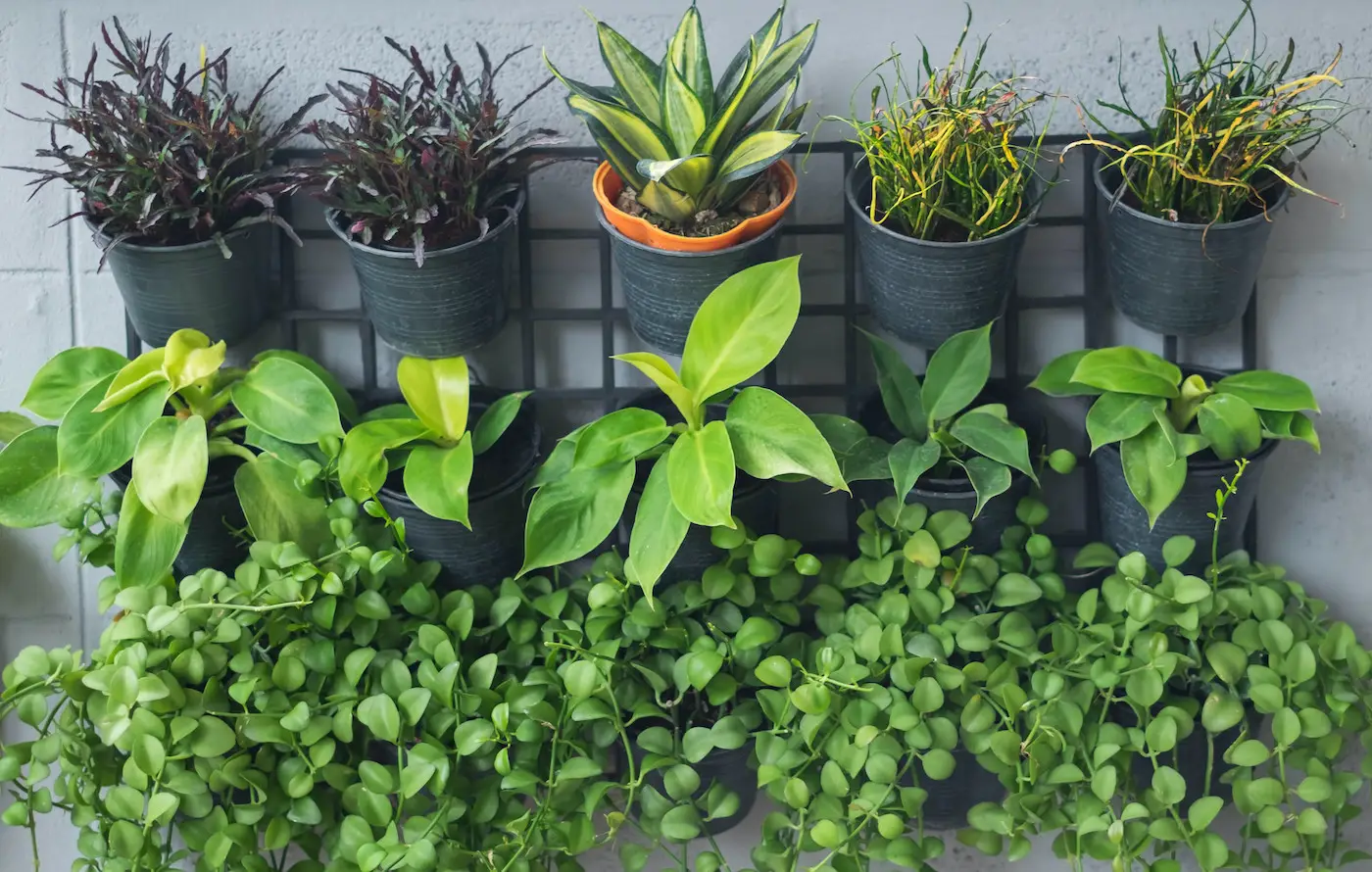 creating a small, yet productive, source of produce for your home. Often referred to as vertical farming, growing produce in this way is a form of agriculture production that is practiced in urban areas where land is either unavailable, or costly. Growing vertical gardens in urban spaces is an excellent form of urban agriculture that is not only fulfilling, but also beneficial to everyone. This approach to gardening and growing produce is an approach that can be applied to the almost any open-air area, or even on the roofs of buildings.
creating a small, yet productive, source of produce for your home. Often referred to as vertical farming, growing produce in this way is a form of agriculture production that is practiced in urban areas where land is either unavailable, or costly. Growing vertical gardens in urban spaces is an excellent form of urban agriculture that is not only fulfilling, but also beneficial to everyone. This approach to gardening and growing produce is an approach that can be applied to the almost any open-air area, or even on the roofs of buildings.
Source of Natural Habitat
A vertical garden can be an excellent supplement and addition to the natural environment. They can provide a welcome habitat to many beneficial creatures including butterflies, bees and hummingbirds. Many plants require pollination for their growth and further development, and these wonderful vertical growing solutions encourage and sustain these birds and insects, and provide an abundance of life and vitality to your outdoor growing space, and can play an important part in supporting the natural ecosystem of the area.
How to Build A Vertical Garden
Gardening can be a fulfilling, fun and productive activity. In fact, for many it is an excellent source of stress relief, and can provide a great sense of accomplishment and satisfaction. Creating a vertical garden does not have to be complicated, and a basic, functional and beautiful garden can be created with only a few simple steps.
-
- Choose an Suitable Vertical SpaceThe best way to select a wall is to look for an unused or empty space, or an area that is otherwise unattractive and bare. A vertical garden can help to add life to a barren or unattractive space, and can also be used to cover any blemishes, or other unattractive marks that you would like to make more appealing. In the absence of an actual wall, you could consider a free-standing growing wall that would provide growing opportunities on both sides of the wall, and offer a fantastic green space to your environment.
- Build a Unique FrameOne of the simplest and most often recommended methods of building a vertical garden is to pre-build
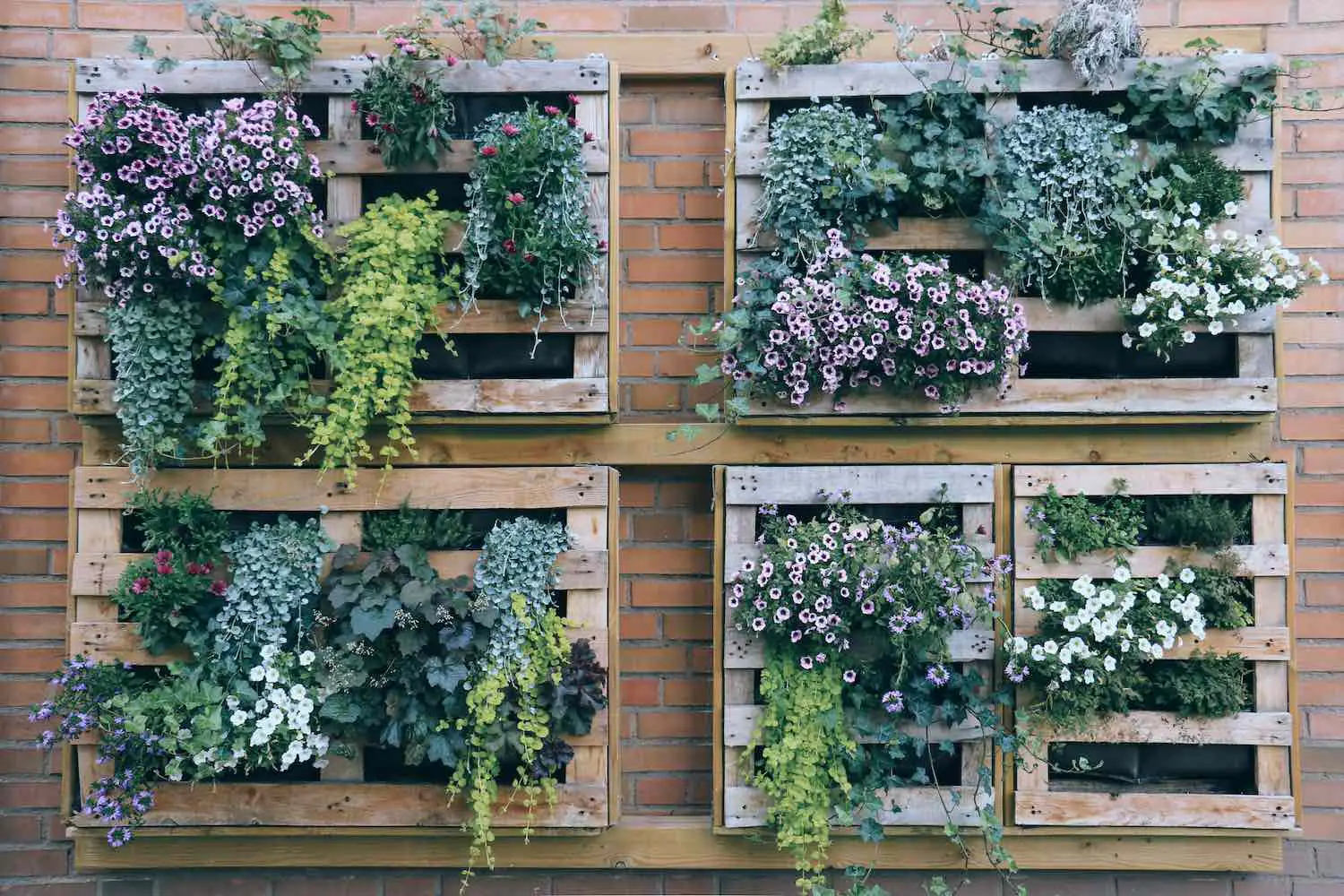 a frame, which is then hung on your chosen wall. Such a frame can be as many ‘levels’ as you choose, though a three-layer ‘sandwich’ design is often recommended. Such a design can be build using a basic wooden or metal frame, with three separate growing shelves or layers, onto/into which you will plant and/or hang your plants. Pre-building this structure means that hanging is very simple, and provides an easy way to remove and replace the frame at any time. If recycling materials is something of interest, many people have used wooden shipping pallets as the base for their growing frame for great results.
a frame, which is then hung on your chosen wall. Such a frame can be as many ‘levels’ as you choose, though a three-layer ‘sandwich’ design is often recommended. Such a design can be build using a basic wooden or metal frame, with three separate growing shelves or layers, onto/into which you will plant and/or hang your plants. Pre-building this structure means that hanging is very simple, and provides an easy way to remove and replace the frame at any time. If recycling materials is something of interest, many people have used wooden shipping pallets as the base for their growing frame for great results. - Attach Plastic SheetingIt is important to ensure the wall is protected from additional moisture, or the chance of the plants attaching to any indoor or outdoor walls. To do this, it is helpful to cover the portion of the wall you will use with a sheet of plastic, to prevent moisture from reaching the surface. This plastic will be covered over in the next step, so don’t be alarmed about the visual impact of this step.
- Attach a Fabric Barrier Using Burlap Fabric or Jute Cloth provides an additional barrier between the wall and your vertical garden. Additionally, depending on the type of vertical garden you are going for, can provide additional support for the plants that will grow in your garden. Attach the cloth to the back of your frame, which will be hung over the plastic sheeting you have attached to your wall. This also provides an aesthetically pleasing effect to your vertical garden, and will make for a far more visually appealing design. It is often suggested to use two layers of this fabric for best results.
- Watering and IrrigationMost vertical gardens can be watered by hand, though if the space and proximity to a water source is easily available, you can consider an automated “drip” irrigation system that will ensure your garden is constantly watered for optimum results..
- Choosing Your PlantsThe plants you choose may depend on a number of factors, including the size and type structure you create, and the type and strength of wall you will connect it to. You should choose the plants according to the sunlight they are going to receive in your vertical garden, and there are a variety of recommendations for the types of plants to grow in a vertical garden
- Insert plantsPlanting is perhaps the most enjoyable and satisfying part of creating your vertical garden. Depending on the type of vertical structure you have chosen, you can plant depending on the size and depth of the planting area that you have created. If you have chosen the pallet technique mentioned above, you can use either pots, or plant directly into a planter that you have created in your modified structure. The choice is to either start from seed, or work with seedlings that are already partially grown – the choice is your, and the results will surely be exciting and fulfilling.
Final thoughts – The Vertical Garden
Vertical gardens are a great way to make use of space, and provide a powerful way to beautify both indoor and outdoor areas – plant a green wall to add a healthy and beautiful green space to your home or garden, and enjoy the solace and relaxation that such amazing gardens provide. Additionally, they make for a straight-forward and simple way to grow herbs, vegetables and produce, and also provide an excellent opportunity for year-round gardening to provide you with great produce no matter the time of year. The techniques and tools needed to build these great garden solutions are also very simple, and can be completed by anyone without a great deal of experience or skill needed to be effective and successful. So – get growing, and enjoy this amazing vertical garden solution solution!
For some other great articles on gardening and growing activities, check out some of our other articles on Lifestyle, Gardening and Growing, and learn more about some great solutions and inspirations. Also be sure to check out all of our articles on Backyard Bunkies, Garden Houses and Sheds, and all the various inspirations that we’ve highlighted at TAG Level.
Let us know your thoughts, as we love to hear from you!! Be sure to Join Us to get future updates and other great inspirations and ideas from TAG Level.









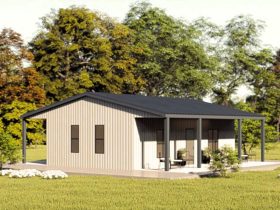

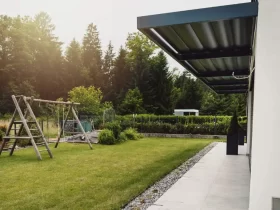
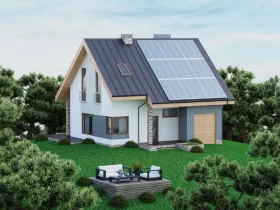
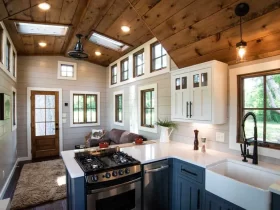





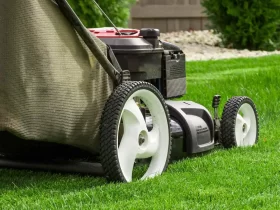

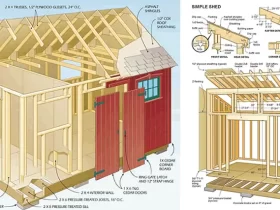
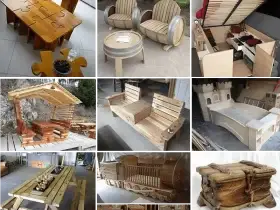
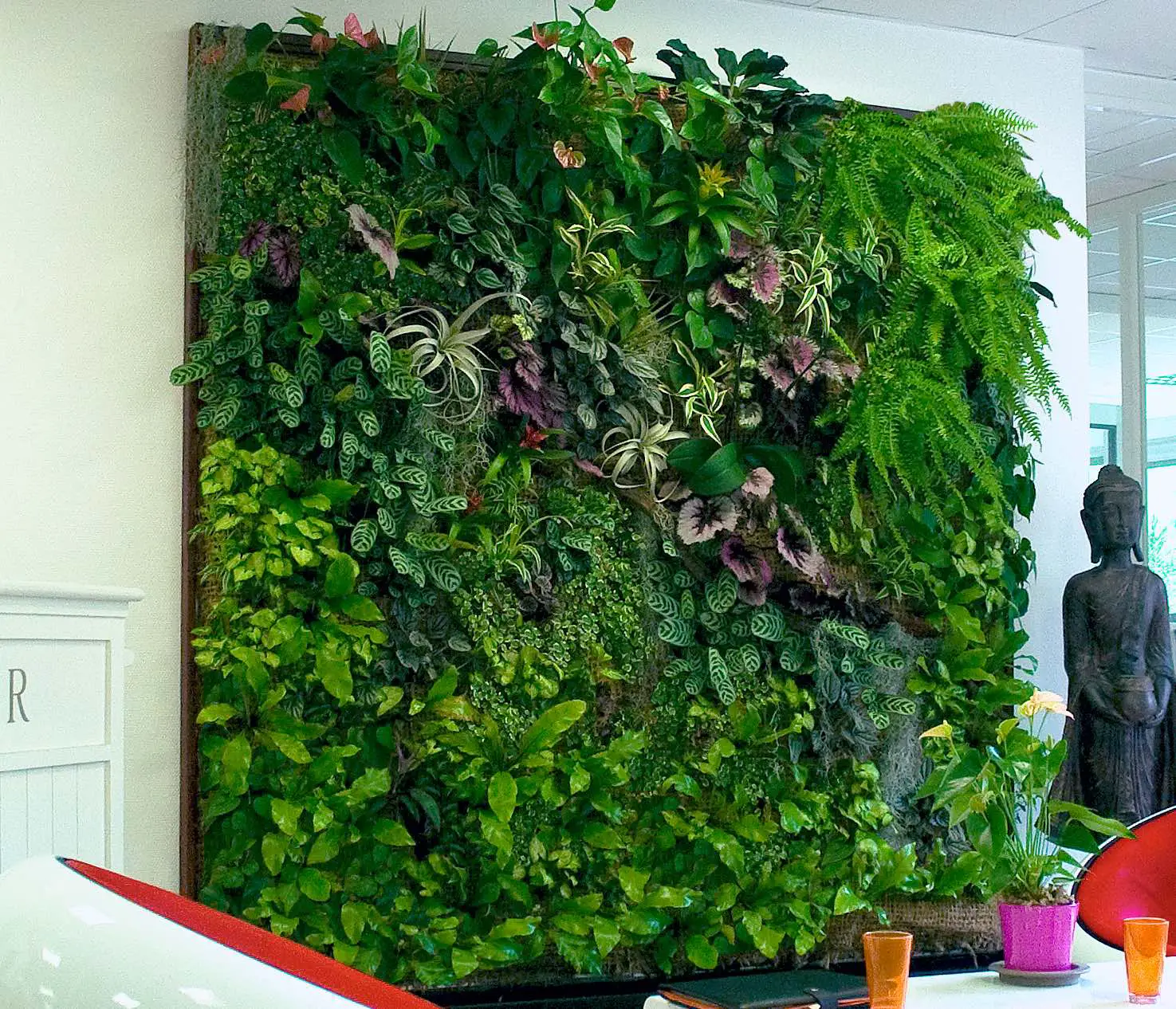
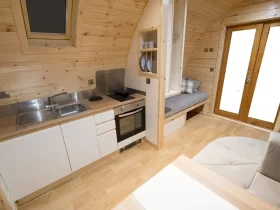














Leave a Reply